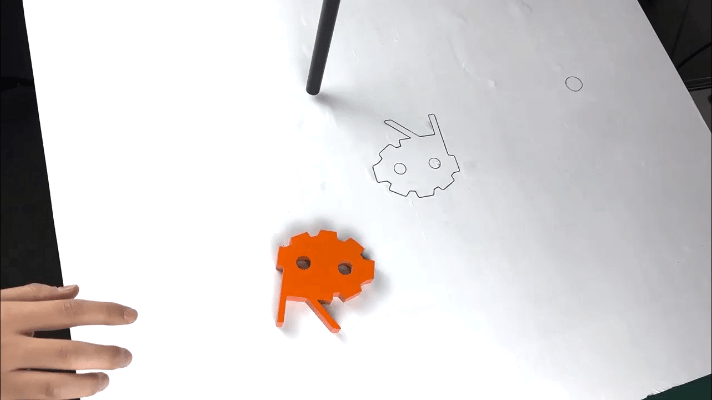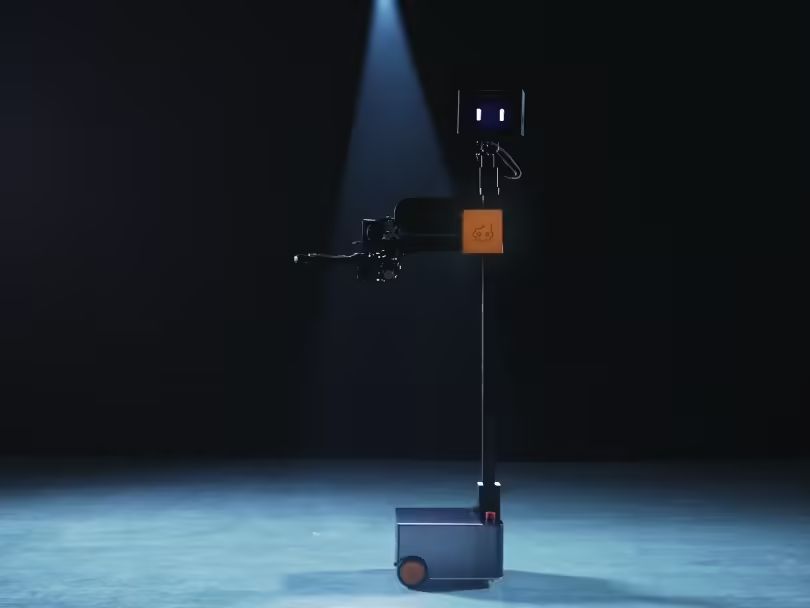According to the Chengdu Municipal Bureau of Science and Technology, on November 22, ChengduHumanoid RobotThe Innovation Center achieved a breakthrough in technological innovation in the recentNation's first high-speed humanoid robot based on diffusion architectureinference model R-DDIRM(Denoising Diffusion Implicit Robot Model).
This is a further breakthrough in the field of diffusion architecture, following the launch of R-DDPRM (Denoising Diffusion Probability Robot Model), China's first generative model for humanoid robot tasks based on diffusion architecture, in May this year.
It is reported that the R-DDIRM model has made significant progress in parameter optimization, motion flexibility, and data acquisition efficiency.The number of parameters of this model is only 0.25B, which is much lower than the similar model, but enables a more efficient and fluid reasoning and decision-making process while ensuring high performance.
In the video demonstration, theThe humanoid robot is able to quickly place the target object in the designated position despite constant interferenceThe R-DDIRM model has been developed to demonstrate the ability of the R-DDIRM model to handle a variety of tasks in complex environments.
In addition, a significant feature of the R-DDIRM model is that its reaction speed is similar to that of humans, showing an efficient learning ability: the lower the training frequency, the higher the degree of "intelligence". It is understood that in the past, the training process of robots often needs to accumulate tens of thousands of times of data collection.The R-DDIRM model succeeded in sharply reducing this number to 50 times..

According to the introduction,The R-DDIRM model achieves more than 10 times the inference speed of the R-DDPRM model, which means that humanoid robots are able to make quicker decisions and reactions when performing tasks, thus accomplishing them more efficiently.
According to 1AI's previous report, at the end of October this year, Chengdu Humanoid Robotics Innovation Center developed a humanoid robot "Konka-1" (Konka-1) released.With a weight of only 25 kilograms, it is the first ultra-lightweight humanoid robot in China.It is also the lightest humanoid robot in the world. It is understood that the product's maximum load reaches 5.5 kilograms, the highest load ratio level of 0.22 (more than 5 times higher than the industry average), 8 hours of endurance has also reached the world's longest endurance level (the industry generally about 1 hour).
